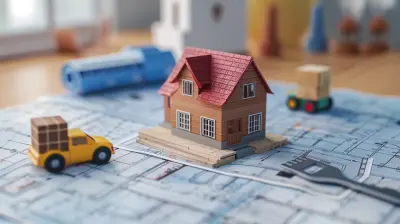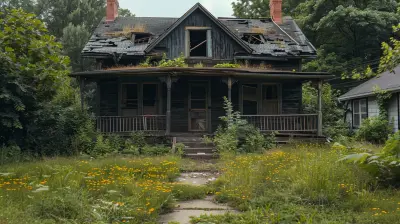Resilience in Green Homes: Preparing for a Future of Climate Change
27 October 2025
We’ve all felt it—the weather getting more intense, seasons acting like they forgot their script, and the rising cost of keeping our homes comfortable. Climate change isn’t some far-off problem anymore; it's right here, knocking on our front doors. The good news? Our homes can be huge parts of the solution. And not just any homes—we're talking green homes built with resilience in mind.
But what exactly does that mean? And why should you care?
Let’s unpack why resilient green homes are becoming the gold standard in real estate and how they’re setting up homeowners for a safer, smarter, and more sustainable future.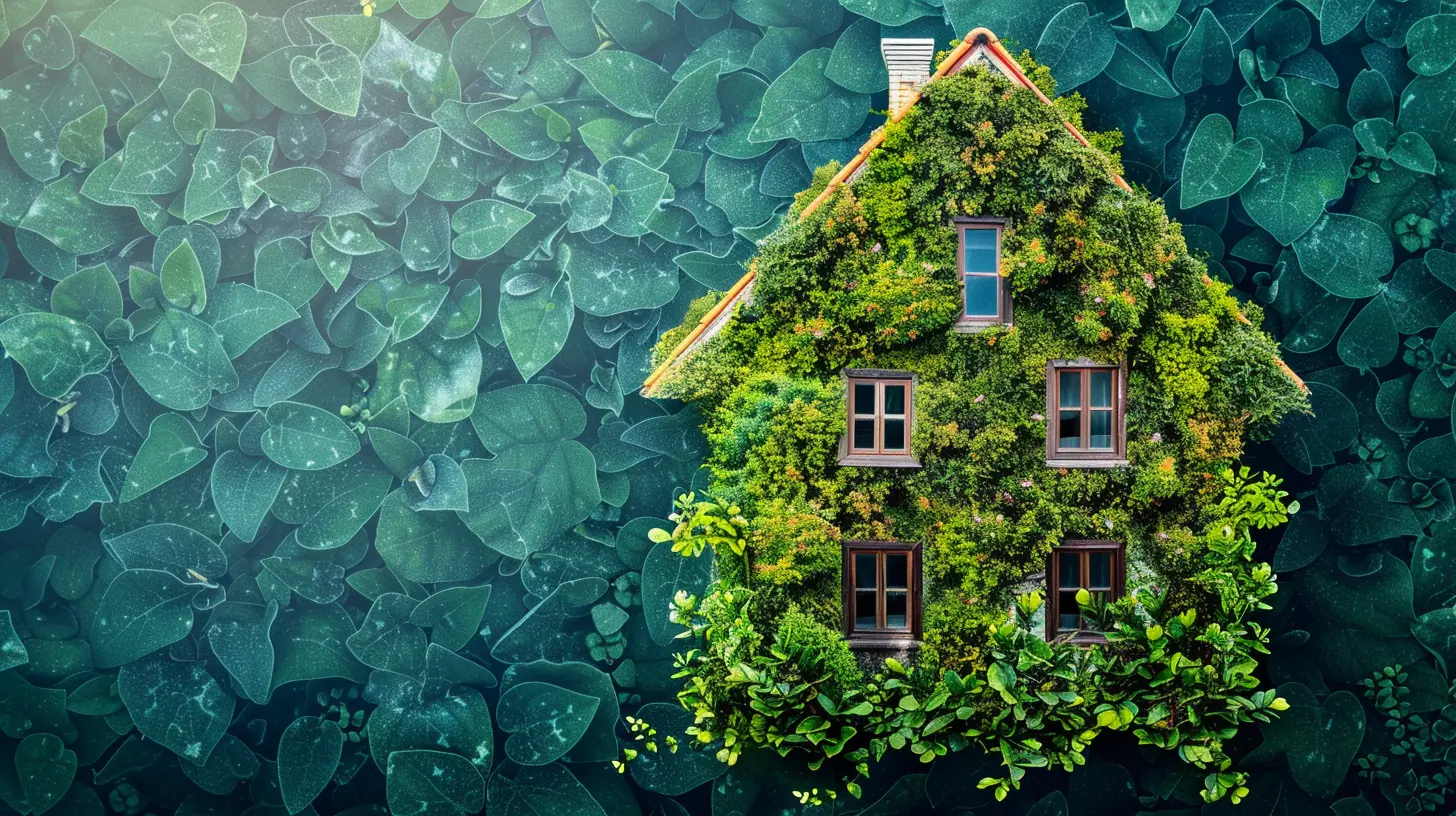
What Does It Mean for a Home to Be Resilient?
Let’s start with the basics.A resilient home is one that's built (or retrofitted) to withstand the unexpected—fires, floods, storms, power outages—you name it. It’s about more than just surviving; it’s about bouncing back quickly with minimal damage or downtime.
Now think of pairing that with green home features—the kind of eco-friendly, energy-efficient stuff that also lowers your utility bills and carbon footprint. That combo? It’s like giving your home a superhero cape. 💪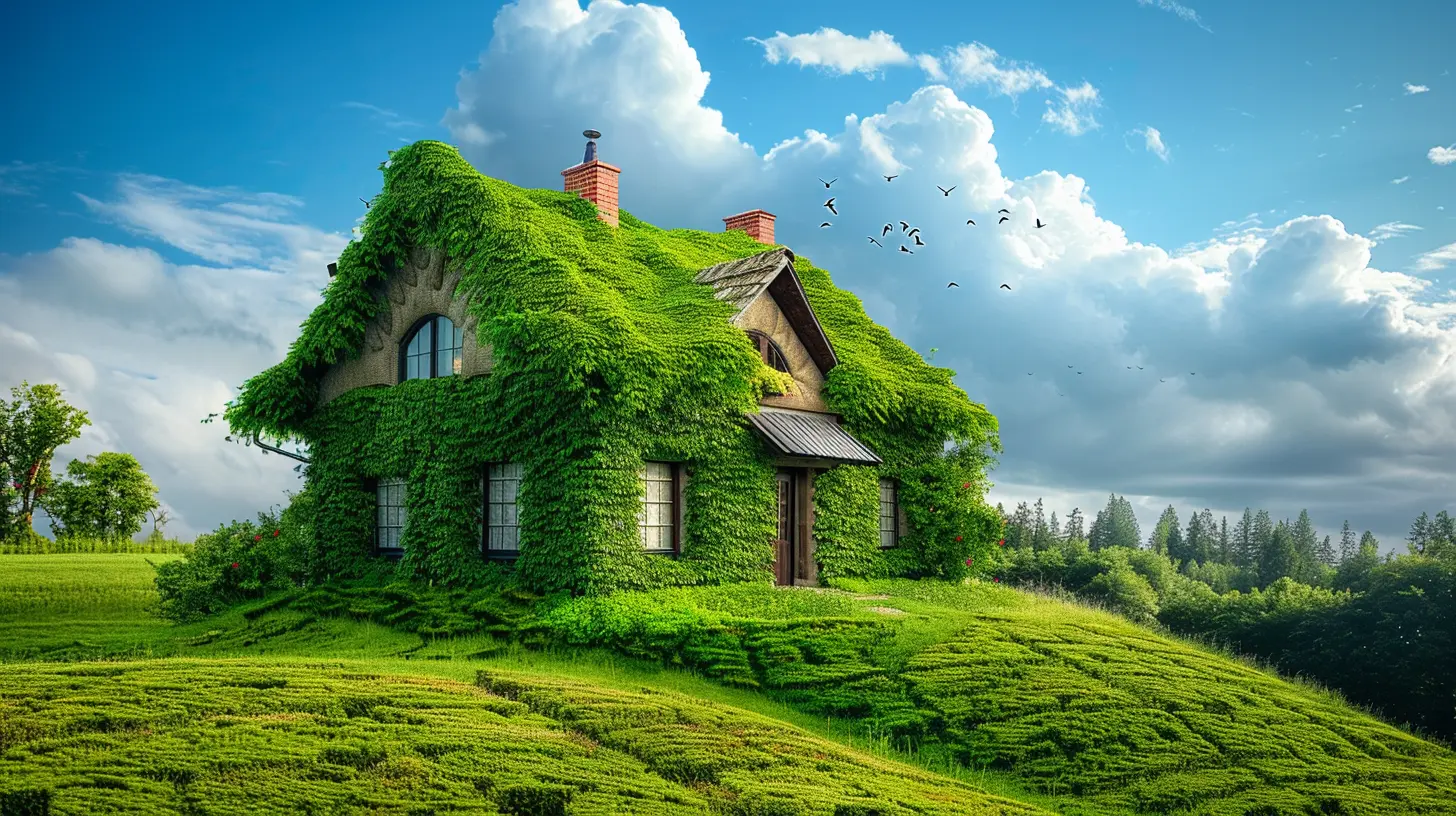
Why Climate Change is Reshaping How We Build
We can’t talk about resilient green homes without mentioning what’s driving the change—climate change. With rising sea levels, increased wildfires, intense heat waves, and unpredictable storms, traditional homes are starting to feel a little...outdated.Here’s the kicker: our current infrastructure just wasn’t built for this new climate reality. Pipes burst in freezing temps, roofs cave under heavy snow, and power grids fail during heat domes.
So what’s the solution? Building smarter from the ground up—and that means going green and going resilient.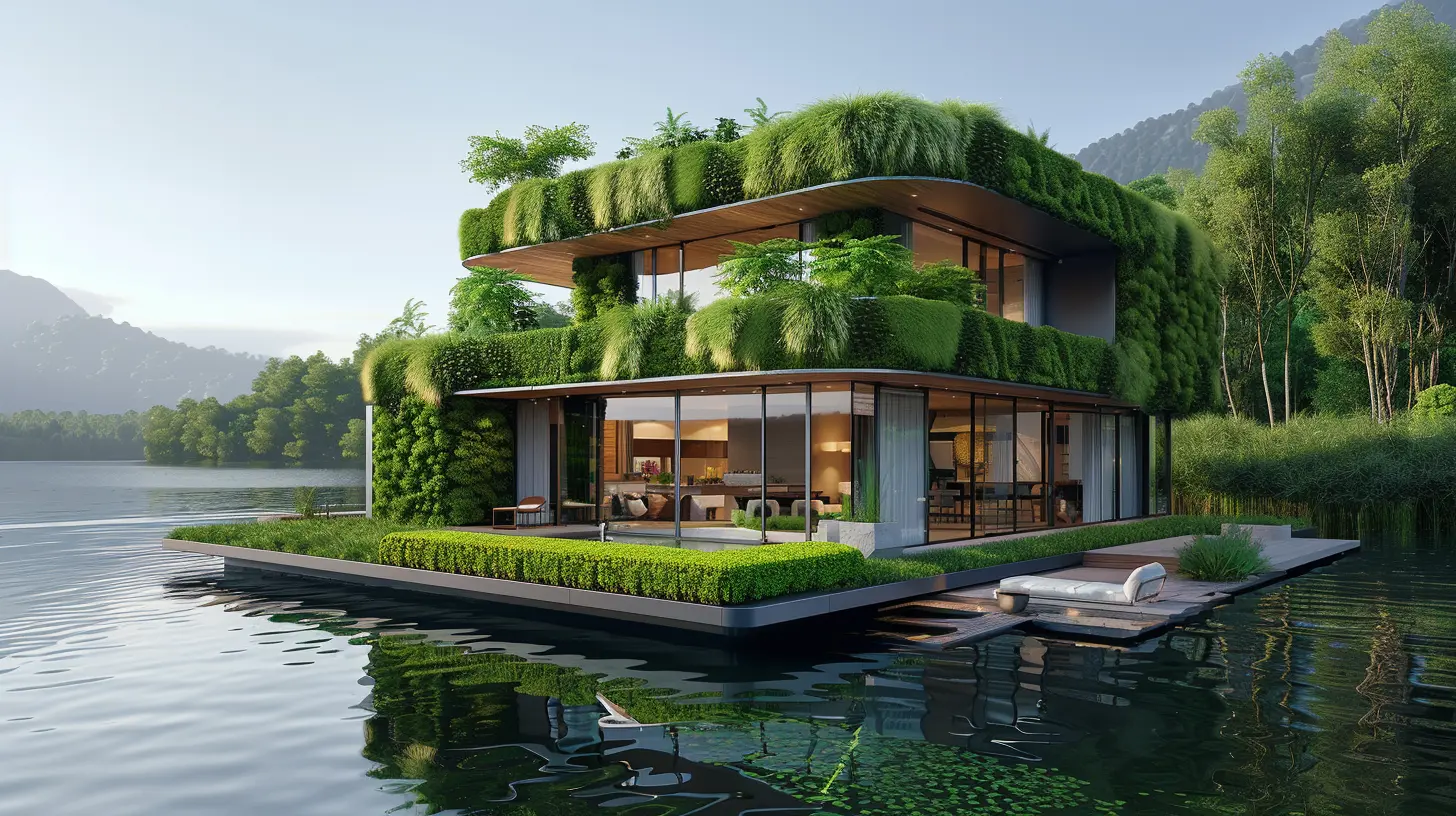
Key Features of Resilient Green Homes
Let’s break down what makes these homes so powerful. Think of each feature as a protective layer—shielding you, your family, and even your wallet.1. Energy Independence
Ever lost power during a storm? It's frustrating. But resilient green homes often come with solar panels, battery storage, and backup generators. That means when the grid goes down, your life doesn’t grind to a halt.Key Benefits:
- Lower energy bills
- Energy during blackouts
- Smaller carbon footprint
2. Durable, Sustainable Materials
Instead of classic drywall and fiberglass, these homes use materials like recycled steel, bamboo flooring, and fiber-cement siding. Why? Because they last longer, resist mold and pests, and require less maintenance.Think of it this way: You're not just investing in pretty finishes; you're investing in long-term performance.
3. Smart Water Management
With droughts and floods becoming more common, managing water is a big deal. These homes often include:- Rainwater harvesting systems
- Drought-resistant landscaping (hello, native plants!)
- Permeable driveways to prevent runoff
Plus, low-flow toilets and faucets help slash water usage without sacrificing comfort.
4. Superior Insulation and Ventilation
One of the biggest contributors to energy efficiency? A tightly sealed home. Resilient green homes use advanced insulation, energy-efficient windows, and ventilation systems to maintain comfortable temperatures year-round.Bonus: Better air quality inside means healthier living. Who wouldn’t want that?
5. Fire and Storm Resistance
Depending on your region, your home may need to face high winds, hurricanes, or wildfires. These homes often include:- Impact-resistant windows
- Non-combustible roof shingles
- Fire-resistant landscaping zones
- Reinforced foundations and walls
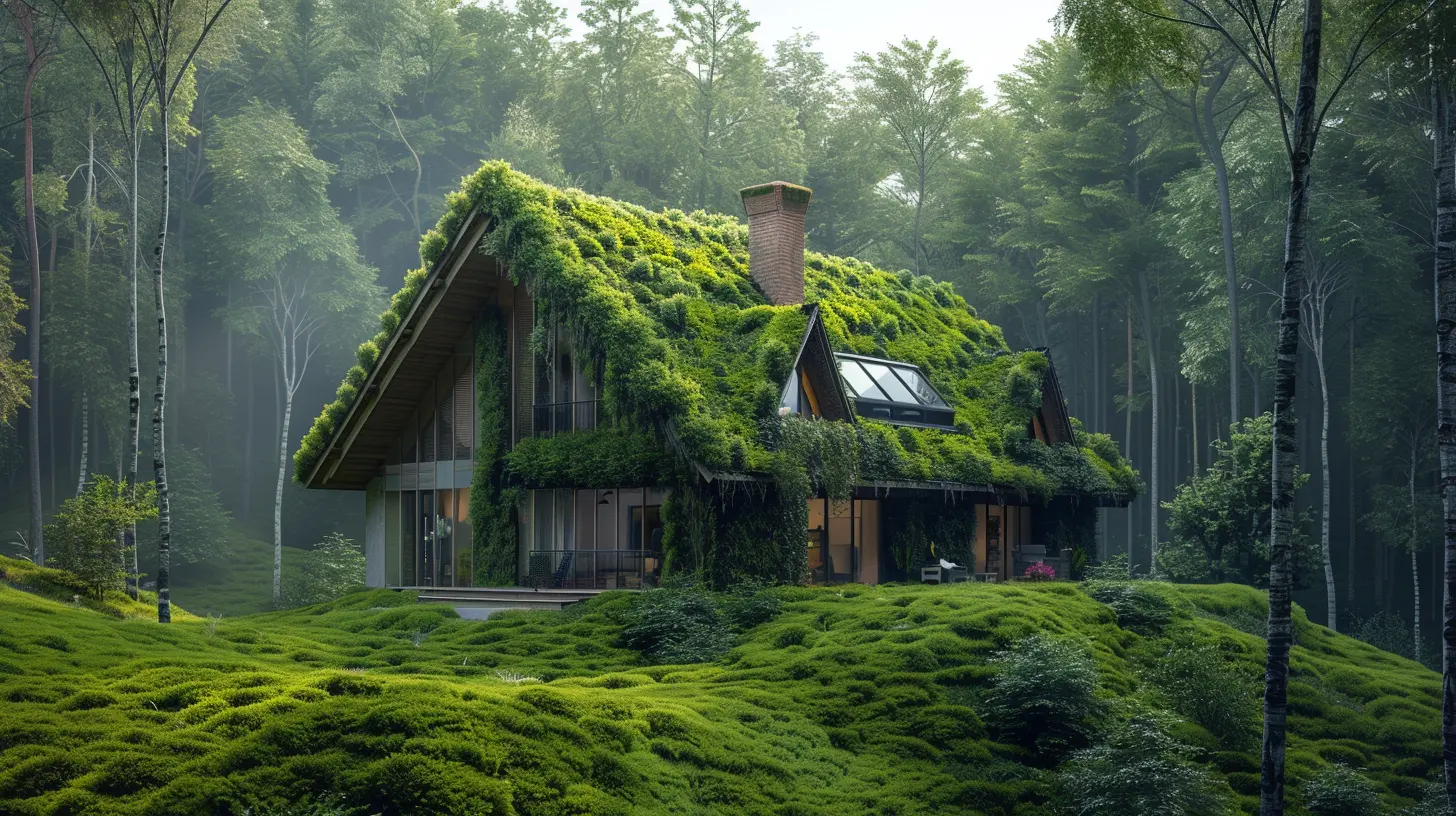
How Green Homes Help Reduce Climate Impact
Let’s zoom out for a second.Homes and buildings are responsible for nearly 40% of global carbon emissions. So by choosing a green home, you're not just protecting yourself—you're helping to reduce the carbon burden on our planet.
That’s powerful. Your house becomes a quiet activist, fighting climate change with every kilowatt-hour saved.
Real-Life Examples of Resilient Green Homes
You might be thinking, “This all sounds great, but are people really building homes like this?”Absolutely. In places like California, Texas, and Florida—where climate stress is hitting hard—builders are prioritizing resilience in their green designs. Entire communities are popping up that rely on solar power, water conservation, and fire-resistant construction.
Take the Babcock Ranch in Florida. It’s one of the first solar-powered towns in America. Even during hurricanes, it stays powered up and safe when neighboring cities go dark. That’s not just smart—it’s the future.
The Financial Upside: Cost vs. Value
We get it—green and resilient features can feel pricey upfront. But let's talk long-term.Initial Investment vs. Payback
- Higher resale value - Buyers love sustainability. Homes with green certifications often sell faster and for more.- Insurance discounts - Some insurers offer lower premiums for disaster-hardened homes.
- Energy savings - Solar panels and efficient appliances can cut your utility bills by hundreds (if not thousands) annually.
- Maintenance savings - Durable materials = fewer repairs.
So while the initial investment might be a bit higher, the return is even bigger—and it lasts.
Retrofitting Your Existing Home
Already own a home that isn’t quite “green” or “resilient”? No worries—you can still make upgrades.Start With These:
- Install solar panels or opt into community solar programs if installation isn’t an option.- Swap out old windows for energy-efficient ones.
- Seal and insulate your attic and basement.
- Invest in smart thermostats and energy-rated appliances.
- Add a rain barrel or native plants to improve water management.
Bit by bit, you'll be future-proofing your home—and your finances.
What to Look for When Buying a Resilient Green Home
So, you're sold, and you’re ready to hunt for your eco-friendly fortress? Awesome. Here’s what to pay attention to:- Green certifications – Look for LEED, ENERGY STAR, or Passive House labels.
- Location – Is it in a flood zone or wildfire-prone area? Resilient homes consider these risks and adjust accordingly.
- Quality of materials – Don’t just go by looks. Ask about the insulation, the roofing material, the siding.
- Renewable energy – Is solar integrated? Is there battery storage?
- Emergency readiness – Does the home have a backup generator, or is it grid-independent?
Ask questions. Get the blueprints. Your agent should be able to help you dig deep.
The Psychological Comfort of a Resilient Green Home
Let’s not underestimate peace of mind.Knowing your home can stand tall during a storm, stay cool during a blackout, or lower your family’s exposure to toxins? That’s priceless. It’s like your home is silently whispering, "I got you."
And in a world full of uncertainty, that little whisper means everything.
Final Thoughts: A Smarter Way Forward
Let’s face it—climate change isn't going away anytime soon. But we’re not powerless. With resilient green homes, we’re creating a future that’s not just livable, but thriving.You don’t need to be off-grid in the mountains to make a difference. Every solar panel, every raindrop saved, every reinforced beam—it all adds up. Whether you’re building, buying, or retrofitting, making your home resilient and green is one of the smartest moves you can make.
So... are you ready to future-proof your nest?
all images in this post were generated using AI tools
Category:
Green HomesAuthor:

Lydia Hodge
Discussion
rate this article
1 comments
Natasha Castillo
This article insightfully highlights the importance of sustainable building practices. Emphasizing resilience in green homes is crucial for adapting to climate change and ensuring long-term viability.
October 29, 2025 at 5:26 AM

Lydia Hodge
Thank you for your feedback! I'm glad you found the emphasis on resilience in green homes valuable for addressing climate change.
